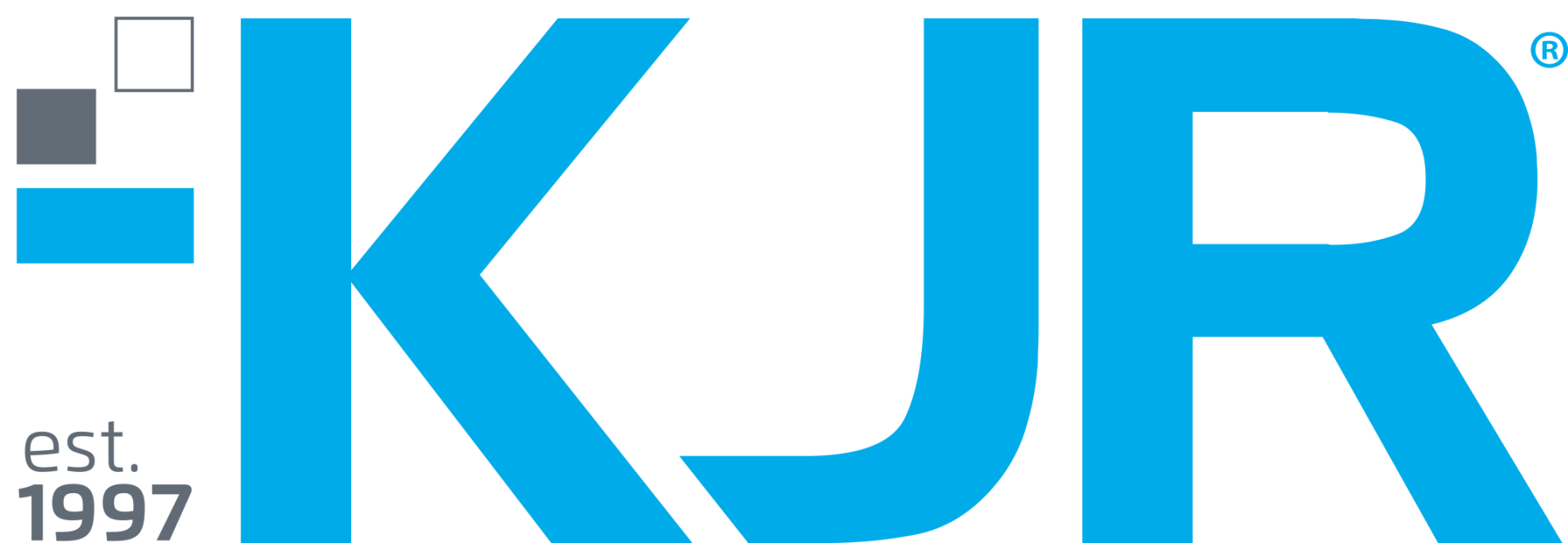Published: Restoring gender balance in AI
See the original article published at bandt.com.au
Artificial intelligence (AI) is a technology that is pervading everyday lives and conversations. It’s a technology that’s earmarked to change the future of work, how data is interpreted and understood, and even how people interact with day to day objects (such as fridges and speakers). But many are concerned about the impact it will have on jobs, the ethics behind the technology and the biases it can learn.
One of those biases being against women.
In Australia, only 16 per cent of STEM graduates (Higher Education and VET) are women, and 27 per cent of the total STEM workforce is female. This has led to a severe lack of women engineering and constructing AI technology – which could result in an inherent and exclusionary gender bias in the AI judgement process.
If women aren’t encouraged, supported and given opportunities to follow a career path in AI, this incredible technology has the power to unintentionally re-wire how women are viewed and treated.
What are the dangers of bias in AI?
The issue of AI is two-fold. A lack of female input into the programming and development of AI systems means that this “new” technology is founded upon male bias that is intrinsically repeated in compounded algorithms. AI cannot transcend this gender bias because it has its foundations entrenched within it. Old metadata that has been used in the development phase as a primary source of statistical insight is also inherently embedded with racially and sexually biased information.
For example, last year Amazon had to scrap its hiring tool because it favoured male candidates over women. Amazon’s computer models were trained to vet applicants by observing patterns in CVs submitted to the company over a 10-year period. Most came from men, a reflection of male dominance across the tech industry.
The issue therefore lies in what the AI is being taught and by who. If somebody implements AI and uploads it with 20 years’ worth of data and uses that past information to make predictions, it is going to be biased, old and out of date. AI requires a diverse way of thinking – a diverse team will have someone that can look at what the data is, the impact of using it and whether there is a need to take away or add information.
What can employers do to help?
AI is a technology that affects a large proportion of the population – and many Australian businesses and governments are putting their trust in a technology that can make important decisions for them.
The capability to remove gender bias in AI may lie with those women specialising in the technology, but the opportunities to do so can only be provided by businesses who are recognising the issues to start with.
As an employer, it’s important to recognise that the future of successful AI is largely dependent on the contribution and involvement of women in the industry.
However, it isn’t just about filling a quota for women. The diversity of thinking needs to be across the board – looking at different areas of bias. It’s not just women who are at risk of bias.
What else can help restore the gender balance?
Australia has not yet made the changes required to achieve diversity in STEM, with the current under-representation and under-utilisation of women in the STEM workforce posing a threat to Australia’s prosperity.
As a starting point, the government has allocated AU$3.4 million to the cause of “improving STEM equity” in Australia. But there also needs to be more focus on understanding and incorporating non-bias AI to Australian businesses.
In addition to this, non for profit IntelliHQ, cloud platform Amazon Web Services (AWS) and KJR recently launched Australia’s only “Young Women Leaders in Artificial Intelligence (AI) program” – a program specifically designed to promote the representation of women in AI. The program incentivises their career development and brings forward social diversity and equality in AI.
These types of programs and initiatives are crucial in promoting the diverse opportunities and successes women can achieve in STEM. It’s also important to ensure female data scientists are more visible – showing young girls that data science is an accessible career choice for them.
AI is incredible when trained and used correctly
There’s a moral duty to ensure that women have access and support to technically-skilled jobs, not just in AI. As technology rapidly evolves, Australia can’t be in a position where a large majority of the population is ill-equipped to work with new technologies.
If Australian businesses do not ensure that those working in AI are more representative of the society in which they operate, it’s likely that there will continue to be unfair and unbalanced decisions made by AI. It is therefore a business’s responsibility to reach out, foster female confidence and sponsor programs that have culturally improved workplaces.
AI is a creative technology that will enable a lot of positive change in the world – but it needs to be trained and used correctly. Having a diverse range of talent working on the design and development of AI will help applications and algorithms have a more balanced view of society and offer up a wealth of information humans have never had available before.








